After the conclusion of a recent conference in Seoul I had a fortunate if brief opportunity of making a pilgrimage to some of the sites of martyrdom of the Korean saints of the 19th century. The devotion to these saints plays a great role in Korean Catholicism – as does that of the 16th -17th century English martyrs in the Catholic Church in England. And these martyrs are not just known to the Catholic population. Official guides to the city of Seoul prominently feature several pilgrimages to the shrines of the martyrs and they are recognized as national historic sites.
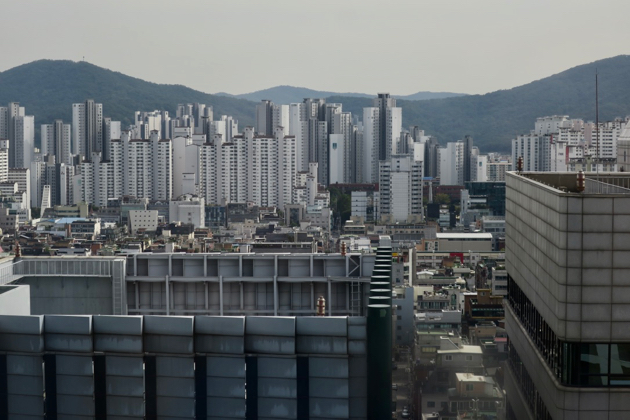
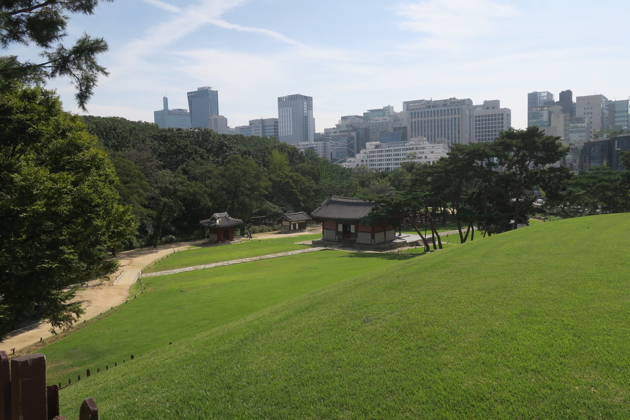
The Catholic church of Korea has the perhaps unique distinction of being founded by laymen and women. They had heard of Christianity from literature coming from China and an active Catholic community was flourishing decades before any regular presence of Catholic priests in the country. Soon, however, fierce official resistance developed. From 1791 till the end of the 19th century, some 10,000 Catholics were martyred in Korea. 103 of these martyrs were canonized in 1984; a further 124 were beatified in 2014.
A lengthy subway ride from the central business areas brings us to the Jeoldusan martyrs shrine. Here some 29 martyrs were beheaded in 1866 (Jeoldusan mens “beheading hill”). As is often the case in Korea, the modern Catholic artwork is of indifferent quality and the church of the martyrs itself is uninspiring. Yet there is a remarkable museum with documents and relics of those days. And the shrine is set in a park conducive to meditation.

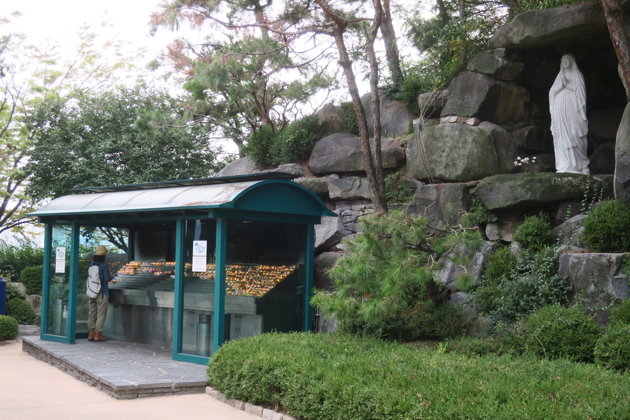



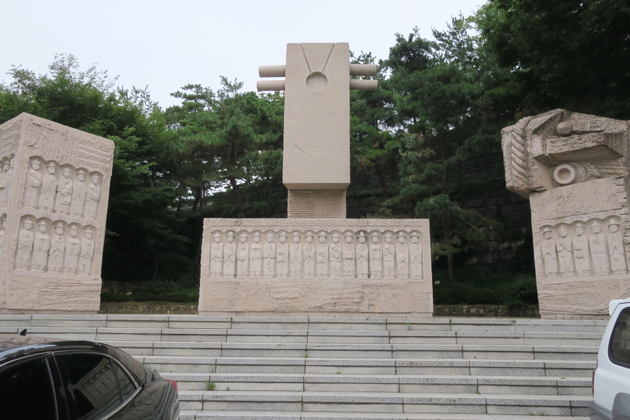
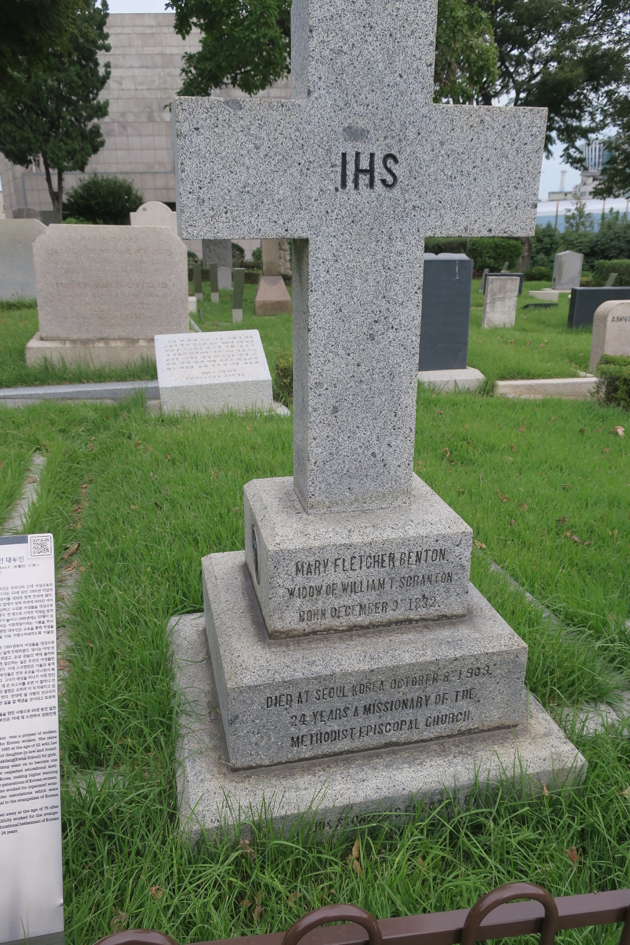
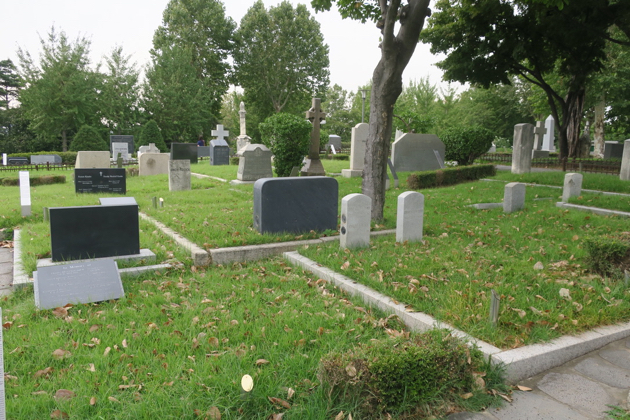

(Above) A second site of martyrdom is located not too far from the main railroad station. Subsequent to the time of the martyrdoms, Yakhyeon church, the oldest Catholic church building in Korea, was erected here in 1892. The architect was a French missionary.


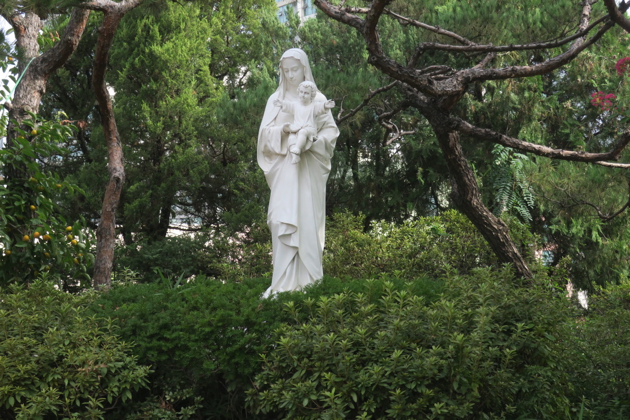



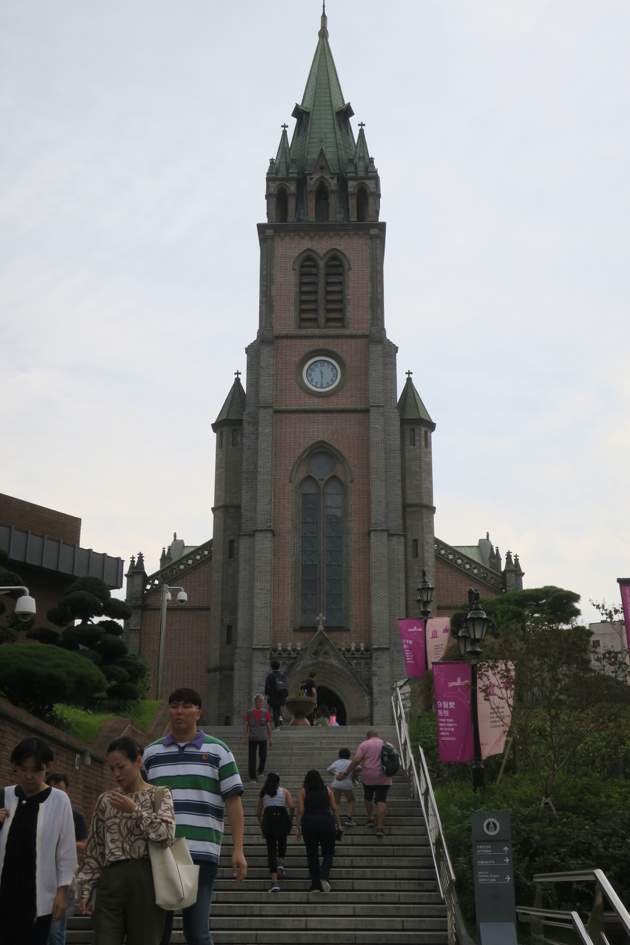
Myeong-dong cathedral is located in a downtown shopping district and was the first parish church in Korea. The present building was consecrated in 1898. In 1900 the relics of martyrs killed in the persecutions of 1839 and 1866 were moved here. Like the previous two churches the cathedral is built on a hill.
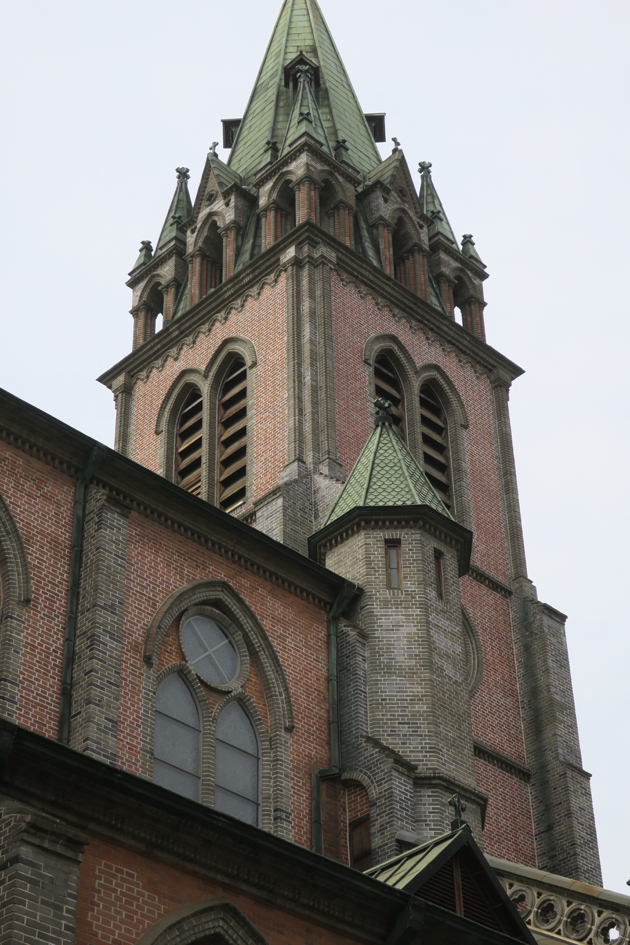
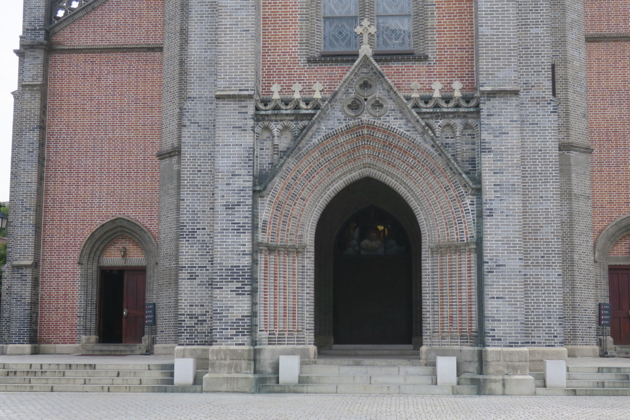
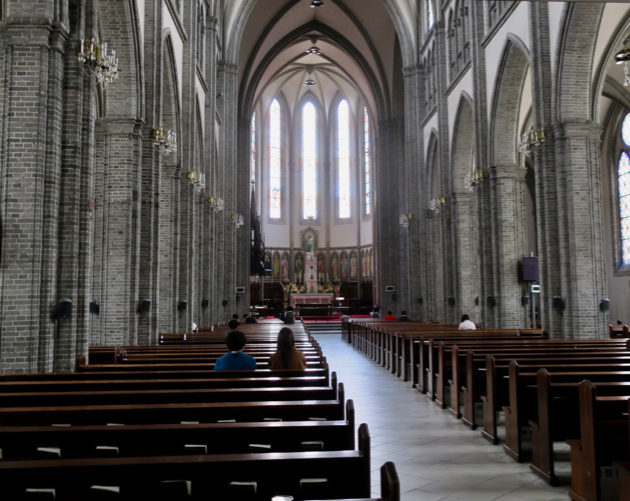
Related Articles
No user responded in this post